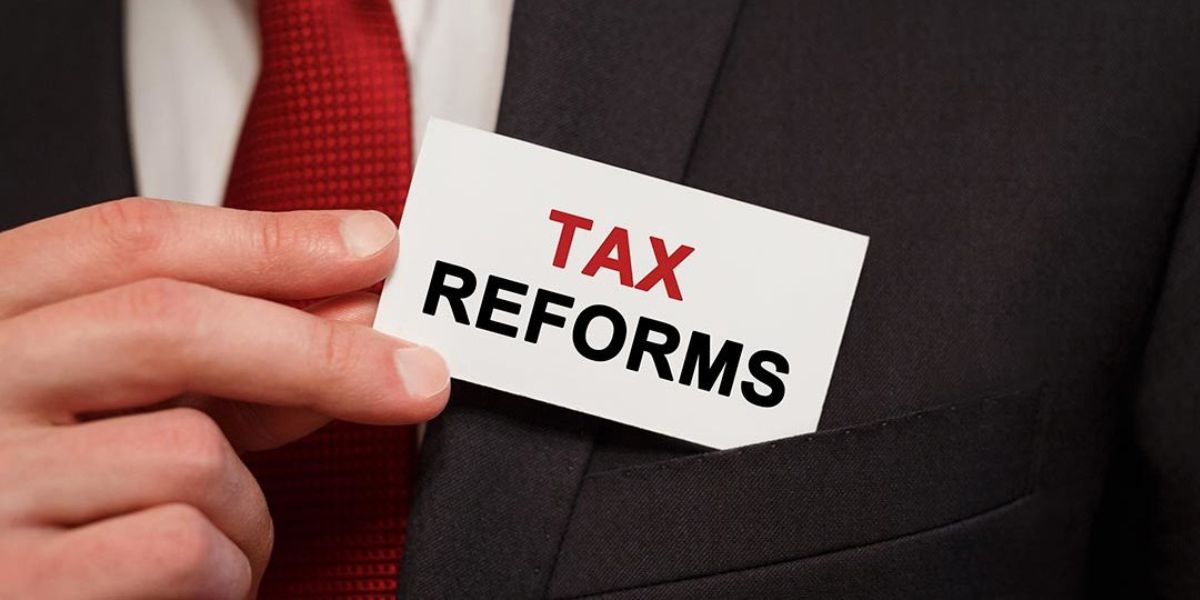If you live in a state with high taxes, you’ve probably felt the sting of the SALT deduction cap. Since 2017, the Tax Cuts and Jobs Act (TCJA) has limited how much you can deduct for state and local taxes on your federal return — $10,000 for most taxpayers.
That cap has been a sore spot for many, especially in places with higher property taxes or income taxes.
Now, with Republicans controlling both Congress and the White House, discussions about raising or changing the SALT cap are heating up again. Even former President Trump has made lifting the cap a priority in his 2024 campaign.
But the issue is more complicated than just “blue states” versus “red states,” and the outcome could affect millions.
Keep reading to find out what’s on the table, what it could mean for your tax bill, and where things stand in the negotiation process.
What Exactly Is the SALT Deduction?
The SALT (State and Local Tax) deduction lets taxpayers who itemize subtract their state and local taxes — including income, sales, and property taxes — from their taxable income on their federal return. Before 2017, there was no limit on this deduction.
The TCJA capped the SALT deduction at $10,000, aiming to offset other tax cuts. But that cap hit hard in states like New York, California, and New Jersey, where average SALT deductions often far exceed $10,000.
For example, in Connecticut, average SALT deductions dropped by nearly 58% after the cap.
Even some Republicans from high-tax states now support raising the cap, making it a bipartisan headache.
What’s Happening With the SALT Cap in 2025?
The House GOP’s initial plan proposed raising the SALT cap to $30,000 for married couples making up to $400,000 ($15,000 for singles up to $200,000). Income above those thresholds would reduce the deduction gradually, but it wouldn’t drop below the current $10,000/$5,000 limits.
Recently, Politico reported a tentative deal to raise the cap even higher — to $40,000 per household, with a $500,000 income limit.
The plan would also gradually increase the cap over ten years. While these numbers are promising for taxpayers in high-tax areas, details are still in flux as lawmakers negotiate.
Why is the SALT Cap So Controversial?
The biggest sticking point is the cost. Repealing or significantly raising the SALT cap could cost the federal government an estimated $1.2 trillion over ten years. For fiscal conservatives, that’s a big deal given concerns about the federal deficit.
Read Also: Military Families: These 10 Benefits Could Save You Money and Stress
Plus, many argue that the benefits mostly go to higher-income taxpayers, which raises questions about fairness. Still, lawmakers from high-tax states—regardless of party—push hard for relief for their constituents.
How Could Changes to SALT Affect You?
If the cap is raised to $30,000 or $40,000, many homeowners and taxpayers in high-tax states could see sizable tax savings.
For example, if you currently max out the $10,000 deduction but actually pay $25,000 in state and local taxes, a higher cap would mean more deductions and potentially a smaller federal tax bill.
On the flip side, if Congress doesn’t act and the cap remains, taxpayers in those states will continue to feel the pinch.
Read Also: 4 Financial Shocks Retirees Commonly Face—And How to Prevent Them
What’s Next for SALT in Congress?
The House GOP is working to push their tax reform bill through the Rules Committee and then the full House. But the SALT debate isn’t settled. Some want to go even higher—talk of caps as high as $62,000 or more has floated around.
Meanwhile, lawmakers from lower-tax states worry about the bill’s cost and whether it’s fair to give big breaks to residents of just a few states.
The battle over SALT is a key part of the broader 2025 tax reform puzzle—and one to watch closely.
Bottom Line: Stay Tuned and Be Ready
The SALT deduction cap affects millions of taxpayers, and changes could be coming soon. While nothing is guaranteed, raising the cap seems likely, but the final number and details could vary.
If you live in a high-tax state or pay a lot in property taxes, it’s a good idea to keep an eye on these developments and plan accordingly. Talking to a tax advisor can help you understand how changes might impact your tax bill.
Remember, tax reform takes time and often involves compromises. So stay informed, keep your financial goals in mind, and know that small adjustments now can help you adapt when the rules change.
This article was written by Loretta James. AI tools were used lightly for grammar and formatting, but the ideas, words, and edits are all mine.



